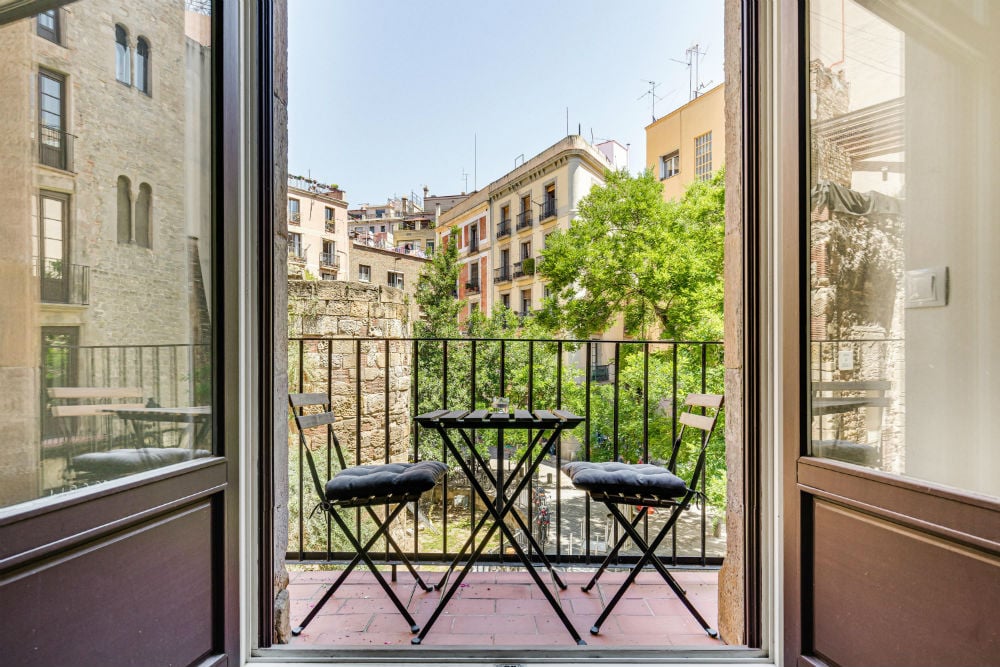What is the Golden Visa Scheme?
Introduced in September 2013, the law gives foreigners who invest large sums in Spanish property, public debt and projects of general interest the right to reside in Spain.
For property investors, the mininum investment before taxes and changes is €500,000 ($551,000). Once the extra costs are factored in, however, the real cost is closer to €600,000.
While the law doesn’t give people the right to work in Spain, there is one big perk: it gives non-EU citizens access to the entire Schengen area.
READ ALSO:
- Price out by the Golden Visa Scheme? Here’s how much you need for Spain’s non-lucrative visa
- Golden Visa: This is what €500K will buy you in Spain

Photo: Lucas Fox
How to get a Spanish golden visa
First, you must purchase a Spanish property for €500k or more. Key points to note are:
-
The €500k must be money you bring into the country. Thus if you finance part of your purchase with a Spanish mortgage, you still have to pay the first €500k either in cash, or with a mortgage granted by a non-Spanish bank.
-
Refurbishment costs do not count towards your golden visa.
-
When you purchase property in Spain, you need to budget an additional 15 percent to cover taxes, legal fees and notary fees. None of these closing costs count towards your golden visa.
-
You can divide the €500k across multiple properties. However, experts do not recommend this if you want to optimize your golden visa property purchase.
You bought a property – now what?
Obtaining a Spanish golden visa is a two step process.
Step 1
First, you must go to the Spanish Consulate in your home country to obtain the visa. This is a stamp in your passport that allows you to travel to Spain, with multiple entries and exits, for one year. Within this year you must go to Spain and apply for your residency permit.
To get the visa, you need to show your purchase agreement and your property’s deed to prove that you have made the property investment.
You will also need to show standard immigration documents such as your passport, and proof you do not have a criminal record.
If your spouse is applying for residency with you, your marriage certificate must be submitted. If your children are applying, their birth certificates must be submitted.
Under Spanish law, spouses and dependent children under the age of eighteen years are guaranteed residency permits. For all other family members you must present paperwork proving they are your legal dependents.
Step 2
Next, you must travel to Spain and apply for your residence permit. This needs to be done in person so they can take your fingerprints.
Your initial residence permit is valid for two years. You do not have to reside in Spain during this time, but you do need to return to renew your residence permit in person. Once you apply for your residence permit, it takes about 50 days. Roughly 25 days to complete the application process and 25 days to receive your ID card.
After you have been a legal resident of Spain for five years, you are eligible to apply for permanent residency. Once you have ten years of Spanish residency, you are eligible to apply for Spanish citizenship.
Are there any scenarios under which the immigration authorities will deny renewing your residence permit?
If you sell your property or transfer it into someone else’s name, the immigration authorities will not renew your residence permit.
If you have a criminal record your residence permit will not be renewed.
Finally, if you are not up to date on your Spanish tax payments, you will need to get up to date before your permit is renewed.
These tips have been provided by Moving2Madrid, a buyer’s agent that focuses exclusively on the Madrid market. “We help international buyers locate, negotiate and close the deal on apartments in Madrid. We work with renters, buyers and investors. We focus exclusively on an international clientele and speak multiple languages,” explained Mary Clare Bland.
If you want to learn more about how to get a Spanish golden visa for you and your family, here are some frequently asked questions about Spain’s golden visa program.



 Please whitelist us to continue reading.
Please whitelist us to continue reading.
Member comments